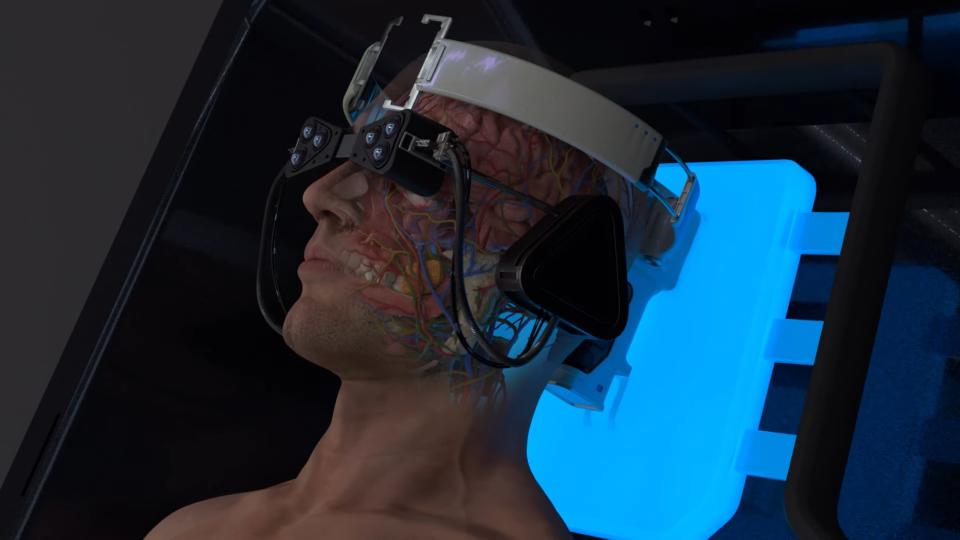AI Assists with Multilingual Claim Intake: Transforming Global Operations

In an increasingly interconnected world, the ability to handle multilingual tasks efficiently is paramount for organizations operating on a global scale. The advent of artificial intelligence (AI) has significantly transformed the landscape of multilingual claim intake, offering robust solutions that streamline processes, reduce costs, and enhance client satisfaction.
AI-driven tools are revolutionizing how companies manage claims in multiple languages, enabling seamless communication across linguistic barriers. This technological advancement is particularly crucial in industries such as insurance, healthcare, and financial services, where accurate claim processing is vital. The incorporation of AI in multilingual claim intake is not just a trend but a necessity for organizations aiming to maintain competitive advantage.
Key Benefits of AI in Multilingual Claim Intake
Implementing AI in multilingual claim intake offers several tangible benefits:
- Increased Efficiency: AI solutions automate the translation and processing of claims, reducing the need for manual intervention and accelerating turnaround times.
- Cost Reduction: Automating multilingual tasks cuts down on labor costs and minimizes the risk of human error, which can lead to costly mistakes.
- Enhanced Accuracy: AI-powered systems utilize natural language processing (NLP) to understand context and nuances in different languages, ensuring precise interpretation and processing of claims.
- Improved Customer Experience: Clients receive faster responses and resolutions in their native languages, increasing satisfaction and loyalty.
Global Context and Adoption
The global adoption of AI in multilingual claim intake is growing rapidly. According to a report by MarketsandMarkets, the AI in insurance market is projected to reach USD 6.92 billion by 2025, at a CAGR of 39.0% from 2020. This growth is driven by the increasing demand for automation and the need to improve customer experience.
In Europe, insurers are leveraging AI to handle claims in languages spoken across the continent, addressing the diverse needs of an expanding customer base. Similarly, in Asia-Pacific, where a multitude of languages and dialects exist, AI is instrumental in navigating the complex linguistic landscape.
Technical Insights
AI technologies employed in multilingual claim intake primarily include machine learning algorithms and NLP. These technologies work in tandem to facilitate efficient processing:
- Machine Learning: Machine learning models are trained on vast datasets to identify patterns and make predictions, allowing for automated decision-making in claim processing.
- Natural Language Processing: NLP is crucial for understanding and interpreting text in multiple languages, allowing AI systems to comprehend claims written in different linguistic contexts.
- Translation APIs: Integration with translation APIs enables real-time translation of claims, ensuring that language barriers do not impede processing speed or accuracy.
Challenges and Considerations
Despite the numerous advantages, there are challenges associated with the implementation of AI in multilingual claim intake:
- Data Privacy: Ensuring compliance with data protection regulations, such as GDPR, is essential when handling sensitive information.
- Integration Complexity: Seamlessly integrating AI solutions with existing systems can be technically challenging and requires careful planning.
- Bias and Fairness: Ensuring that AI models are free from bias and provide fair treatment to all linguistic groups is crucial for maintaining trust and credibility.
Conclusion
AI is indisputably transforming the way organizations manage multilingual claim intake, offering unprecedented levels of efficiency, accuracy, and customer satisfaction. As global operations continue to expand, the adoption of AI-driven solutions will become increasingly integral to maintaining streamlined processes and competitive advantage. Organizations must navigate the challenges and leverage the opportunities presented by AI to fully realize the potential benefits of this transformative technology.













